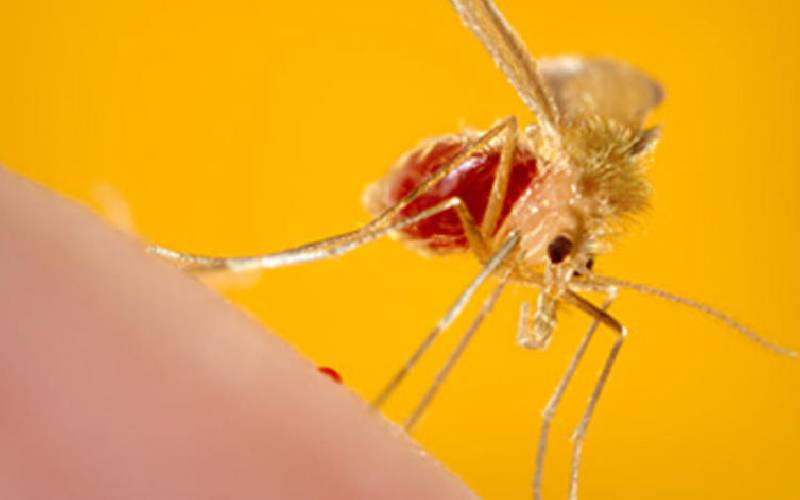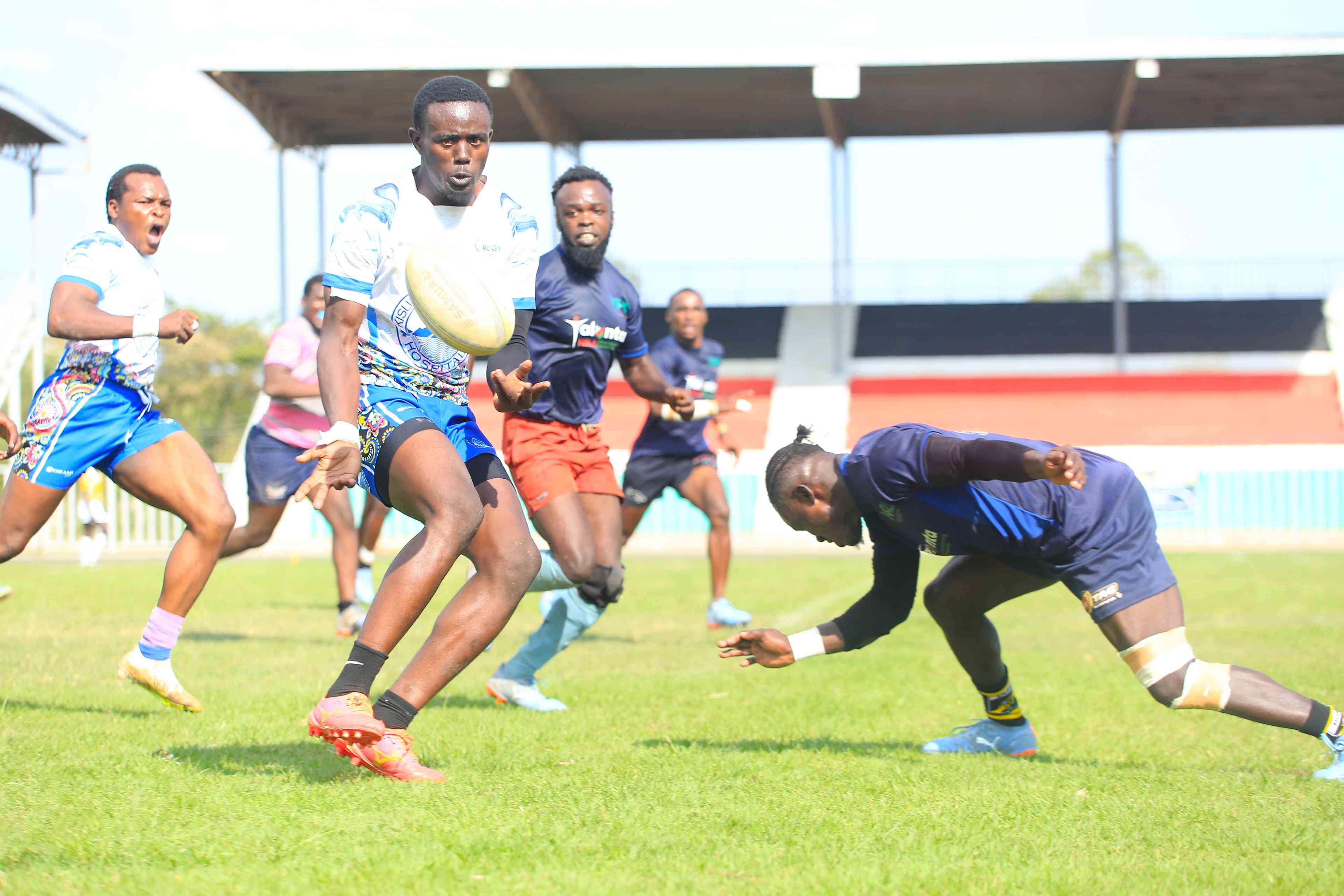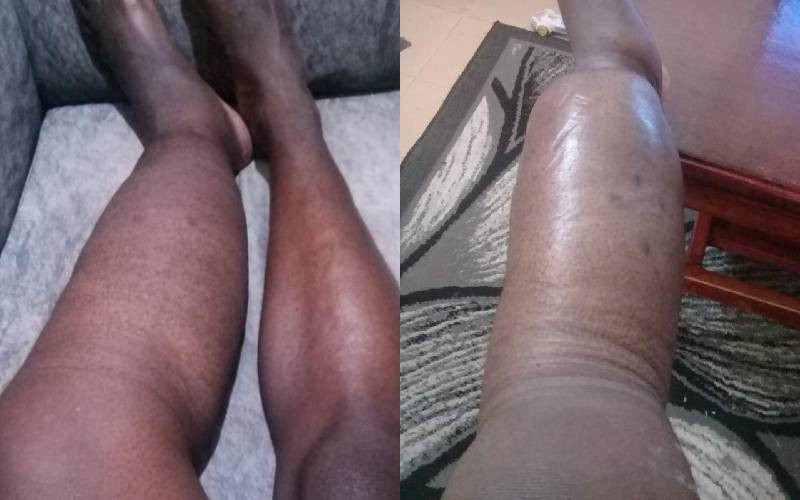The recent easing of travel and movement restrictions in Kenya may be short-lived, as new waves of coronavirus outbreaks force countries go back to instituting total or partial lockdowns.
Kenya’s surge in numbers mirrors the global situation with over 12 million cases reported worldwide -- more than double of the cases reported just six weeks ago. Locally, 1,562 cases have been reported between Monday and Friday this week. Between March 12 and May 27, the country recorded 1471 cases.
Now, with the numbers expected to peak in the coming month, there are fears that Kenya, whose airspace and roads have already been re-opened after lifting of following cessation of movement orders, might go back to being shut down for the virus spread to be contained.
Continued surges
The World Health Organisation on Friday said that a return to lockdown rules may be the only solution for countries experiencing continued surges in the disease outbreak.
“We all want to avoid whole countries going back into total lockdown, that is not a desire that anybody has. But there may be situations in which that is the only option,” Dr Michael Ryan, Executive Director of WHO’s Health Emergencies Programme, said at a press conference.
Whether or not mass lockdowns will again be required, he said, is the “fundamental question” facing every community and society.
“Once lockdowns were ended, there was always the risk that the disease could bounce back,” he said.
The WHO has advised countries to open slowly, paying close attention to their data to move cautiously between different phases of reopening. Ryan said countries should be “ready to move backwards or forwards” depending on the numbers they are seeing.
Barely days into the easing of restrictions that affected the capital city Nairobi, the port city of Mombasa and the border county of Mandera, thousands have already left these locations for various destinations. Tourism spots at the coast are already opening up, and so too are places of worship that were initially observing the lockdown rules.
“There is always a fear that the numbers of those infected will go up,” Kenya National Union of Nurses Secretary General Seth Panyakoo told Sunday Standard. “And this will be the true test of our preparedness for the virus outside major towns and cities.”
While announcing a lifting of the restrictions, President Uhuru Kenyatta said the containment of the virus will depend on the preparedness of the counties in handling it.
Key in these would be the setting up of isolation facilities -- with at least a 300 bed capacity -- in every county for the absorption of expected cases of the virus.
“According to the experts and stakeholders, we have not met the irreducible minimum 100 per cent. However, consensus amongst them is that we have reached a reasonable level of preparedness across the country to allow us to re-open,” Kenyatta said.
But there was a rider to this: “Should the situation deteriorate and pose a challenge to our health infrastructure, it shall be ‘clawed back’. In the next 21 days, we shall study patterns of interactions and the spread of the disease. Any trends that signal a worsening of the pandemic, we will have no choice but to return to the lock-down at zero-option.”
Stay informed. Subscribe to our newsletter
Kenya will not be the first nation to go down this path.
Countries that initially seemed to be on top of the Covid-19 disease are experiencing second and third waves, showing just how difficult it is to contain the virus. Previously opened borders are being shut and residents of entire cities are once again being told to keep off the streets.
This week, Australia’s second largest city, Melbourne, went back into lockdown as the country closed the boundary between the states of Victoria and New South Wales for the first time in 100 years.
While this happened, health officials in Hong Kong are rushing to contain a third wave of the virus after a week of zero infections, raising concerns whether the world will ever return to a pre-coronavirus normalcy as researchers race against time in their search for a vaccine.
As well as Australia and Hong Kong, South Korea, China, New Zealand, Singapore and Israel have all reported new infections after initially appearing to beat the virus.
Fortunately for people in the affected areas, the risk of infection remains relatively low, and health authorities have responded rapidly to move and contain the virus.
Melbourne in particular has introduced an intensive lockdown, ramping up restrictions as more cases were reported this month.
Melbourne residents are no longer allowed to leave their homes unless it’s for grocery shopping, care-giving, exercise or work. Cafes and restaurants that were allowed to re-open weeks ago have again suspended regular services, and are now offering delivery and take-out options only. All beauty services and entertainment venues are also closed.
“We’ve talked about this virus being like a public health bush fire. By putting a ring around metropolitan Melbourne, we’re essentially putting in place a perimetre to protect regional Victorians,” said the state’s premier, Daniel Andrews, in a statement.
“It’s clear we are on the cusp of our second wave and we cannot let this virus cut through our communities.”
Online applications for permits that will allow residents of Victoria to travel across state lines started on Tuesday night, but the website crashed just 45 minutes after launching as 44,000 people applied, according to Australian national broadcaster ABC.
Melbourne’s response is similar to that followed in China, which managed to get its own domestic epidemic largely under control months ago and has responded to new infection spots with rapid, albeit sometimes draconian, action.
In the US, which has suffered the greatest numbers in terms of infections and deaths due to the virus -- some 3.2 million infections and close to 137,000 deaths -- states are divided between opening up cities, maintaining lockdowns and reintroducing them.
For instance, in the state of Missouri, a stay-at-home order expired on May 3 and the Governor Mike Parson re-opened all businesses — including large venues, concerts and movie theatres. Parson later announced that the state would lift all restrictions on June 16. Since then, Missouri has seen several record-setting single-day increases in coronavirus cases.
West Virginia’s stay-at-home order was in place for a little more than a month and expired on May 3. State officials lifted restrictions on certain businesses on May 4, with new re-openings following every week. Houses of worship were among the first allowed to reopen, and West Virginia has since registered five coronavirus outbreaks at churches.
While we learn to live with the virus, President Kenyatta insists that to be successful, we must embrace new ways of doing things. New ways of living. New ways of business.
Peak months
“When we re-open, we cannot use the old maps to navigate the new lands created by the moment. We must have the courage to let go the old models of yesterday in order to find the new opportunities presented by this crisis today,” he said in his address.
On Friday, another 473 people tested positive for the virus, and yesterday, 278 more were confirmed positive bringing the total number of cases to 9,726. Kenya’s modelling of the virus spread shows we haven’t peaked yet. Researchers believe that we will record significantly more numbers in August and September when the disease is expected to peak.
“Our peak will be in August and September,” Director General of Health Dr Patrick Amoth said in a May press conference. “If we continue to implement these measures, we believe that even if we reach that peak we will be able to cope.”
 The Standard Group Plc is a
multi-media organization with investments in media platforms spanning newspaper
print operations, television, radio broadcasting, digital and online services. The
Standard Group is recognized as a leading multi-media house in Kenya with a key
influence in matters of national and international interest.
The Standard Group Plc is a
multi-media organization with investments in media platforms spanning newspaper
print operations, television, radio broadcasting, digital and online services. The
Standard Group is recognized as a leading multi-media house in Kenya with a key
influence in matters of national and international interest.
 The Standard Group Plc is a
multi-media organization with investments in media platforms spanning newspaper
print operations, television, radio broadcasting, digital and online services. The
Standard Group is recognized as a leading multi-media house in Kenya with a key
influence in matters of national and international interest.
The Standard Group Plc is a
multi-media organization with investments in media platforms spanning newspaper
print operations, television, radio broadcasting, digital and online services. The
Standard Group is recognized as a leading multi-media house in Kenya with a key
influence in matters of national and international interest.








